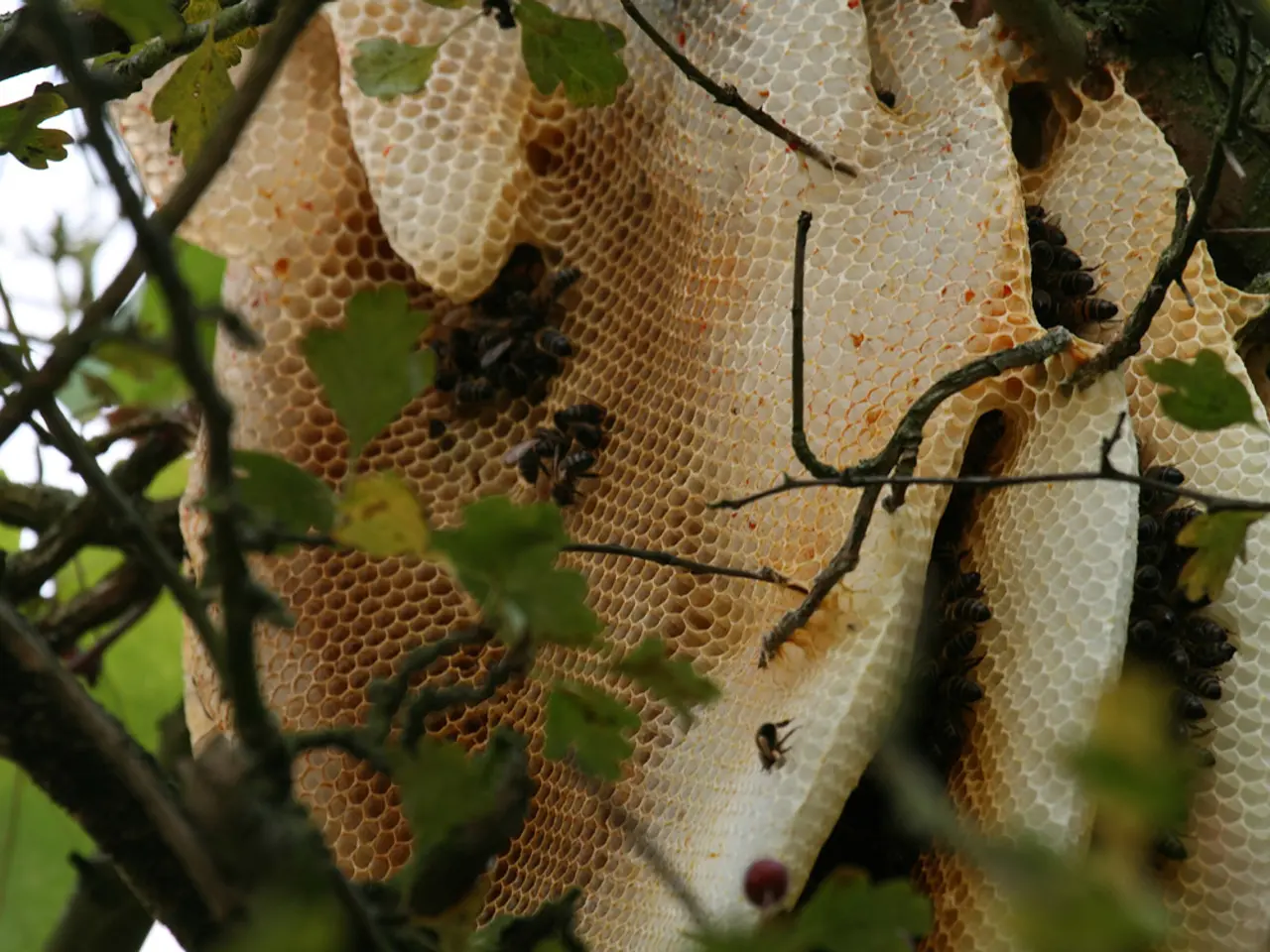Pruning Bee Balm: Should It Be Done in Fall or Spring? Expert Advice on Choosing the Right Time and Tips for Proper Pruning Techniques.
Growing and Caring for Bee Balm: A Guide for Pollinator-Friendly Gardens
Bee balm, a perennial favorite in many gardens, is not only a beautiful addition to any flower bed but also a valuable asset to pollinator gardens. This vibrant plant attracts butterflies, bees, and hummingbirds, making it a pollinator magnet. There are various monarda varieties of bee balm to choose from, each offering its unique charm.
Leaving disease-free stems, seedheads, and leaves standing over winter benefits wildlife, providing food and shelter for various creatures. However, when it comes to bee balm, maintaining a well-trimmed plant is essential for a long blooming period and to combat potential fungal issues.
Caring for Your Bee Balm
Regular deadheading of bee balm should be added to your summer gardening checklist. Deadheading throughout the flowering season encourages a longer bloom period and helps reduce fungal problems. Pruning bee balm during spring encourages bushier growth and more blooms. Cutting the plant back is best left until after it has finished blooming for the season.
The best time to cut back bee balm to increase flowering and reduce fungal issues, such as powdery mildew, is after the plant has finished blooming for the season, typically in late summer or early fall. Deadheading and thinning bee balm helps combat powdery mildew and prevent self-seeding.
If your bee balm has powdery mildew, it is advisable to do a more thorough cutback in fall by cutting stems right back to the ground and removing all debris, since fungal spores can overwinter on old plant material. Diseased material should be binned and not composted. Alternatively, if you prefer leaving stems for winter wildlife, cut back any remaining stems in late winter or early spring before new growth begins.
Applying a 2-inch layer of mulch after cutting back will help retain soil moisture, suppress weeds, and provide nutrients, further promoting healthy growth and flowering.
The Chelsea Chop technique, which involves cutting back perennials by around one-third to one-half, can be applied to bee balm. This technique can be beneficial for extending the blooming season by promoting new growth.
To help prevent powdery mildew, make sure your bee balm plants have plenty of space to grow to promote good air circulation.
In summary:
- Deadhead throughout summer to prolong flowering and reduce mildew.
- Light pruning (about one-third) in late summer or early fall to promote new blooms and improve air circulation.
- For powdery mildew: cut back to ground level in fall and remove debris to reduce overwintering spores.
- Optionally leave stems for wildlife and cut back in late winter or early spring.
- Mulch after pruning to support plant health.
[1] RHS. (2021). Bee Balm: Monarda. Retrieved from https://www.rhs.org.uk/plants/26688/Bee-Balm/Monarda
[2] Gardening Know How. (2021). How to Grow Bee Balm. Retrieved from https://www.gardeningknowhow.com/ornamental/flowers/bee-balm/growing-bee-balm.htm
[3] The Spruce. (2021). Bee Balm: Growing, Care & Propagation. Retrieved from https://www.thespruce.com/bee-balm-growing-care-propagation-2132914
[4] HGTV. (2021). How to Plant Bee Balm. Retrieved from https://www.hgtv.com/design/landscaping/plants/how-to-plant-bee-balm
- Maintaining a well-kept bee balm in your home-and-garden involves regular deadheading to encourage longer blooms and combat fungal issues, alongside seasonal pruning and careful removal of diseased plant material.
- To ensure a pollinator-friendly lifestyle and a beautiful home-and-garden display, incorporate bee balm, a valuable asset to pollinator gardens, into your flower beds, following a proper gardening routine that includes regular deadheading, pruning, and mulching.




